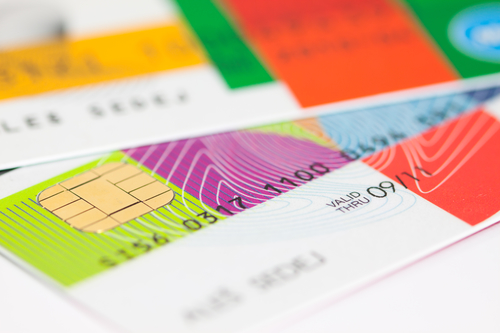It is widely agreed that credit cards are one of the most divisive financial tools and products. While some people may have mixed feelings about it, it is actually nothing but a tool. Whether its effects are harmful or helpful will depend on the knowledge and skills of the card owner. Small businesses that have merchant accounts can accept and process credit card payments for their customers. It has been proven that businesses that accept such payments have managed to increase their average order sizes by up to 40%! As a merchant, you will also need to be kept abreast with the latest happenings in this area and two of them include EMV technology and the liability shift. Read on to find out more!
An introduction to EMV technology
There has been an increasing need to protect your own business with fraud management tools as there are fraudulent practices being recorded in the United States. A credit card is identified as a plastic square and has a built-in magnetic stripe that contains a cardholder’s information. However, the magnetic stripe is not secure enough and the information will be revealed if the card is swiped against a magnetic stripe reader and the details displayed on a notepad. This information can then be cloned, copied and used to duplicate a card. EMV cards, on the other hand, are very different as they feature a special chip in addition to the traditional magnetic stripe. The data within the chip cannot be cracked that easily and it will generate a code using your credit card information during a transaction. Hence, this code will be transmitted through the network instead of your sensitive credit card information.
A merchant that wants to process an EMV-enabled card must own a certified credit card terminal that reads credit card chips. Additionally, they must have a payment gateway subscription that transmits transactions. While these terminals can be integrated with their POS systems, it is not always necessary. If a merchant does not have such terminals to process EMVs, they can still do it with a magnetic stripe reader, but will be more open to liability which will be discussed in the next point.
What you need to know about the liability shift
In the past, the liability of credit card frauds falls onto the shoulders of the card issuer. When a cloned credit card is used and the original owner disputes the charge, the card issuer is obliged to absorb the chargeback. With the introduction of EMV technology, it brings about a liability shift and the card issuer no longer needs to bear the chargeback. When a card fraud occurs, the side with lesser technology will have to take responsibility. Below are three likely scenarios that can happen when a fraud is reported:
- The merchant is held liable when they are unable to read the chip and use the magnetic stripe instead
- The liability is with the customer when he or she chooses to swipe their card even though the store has the right tools to read the chip
- A customer may pay with a credit card that does not come with a EMV chip, and the bank that issued it is held liable
In conclusion, it is pertinent that your business is able to support EMV technology and you should ensure that both of your payment terminals and gateway are certified to handle such transactions as well.
